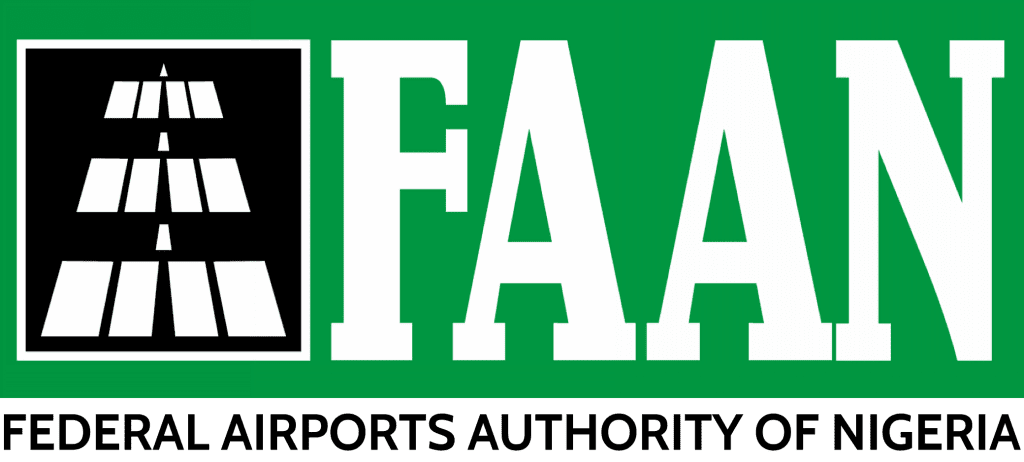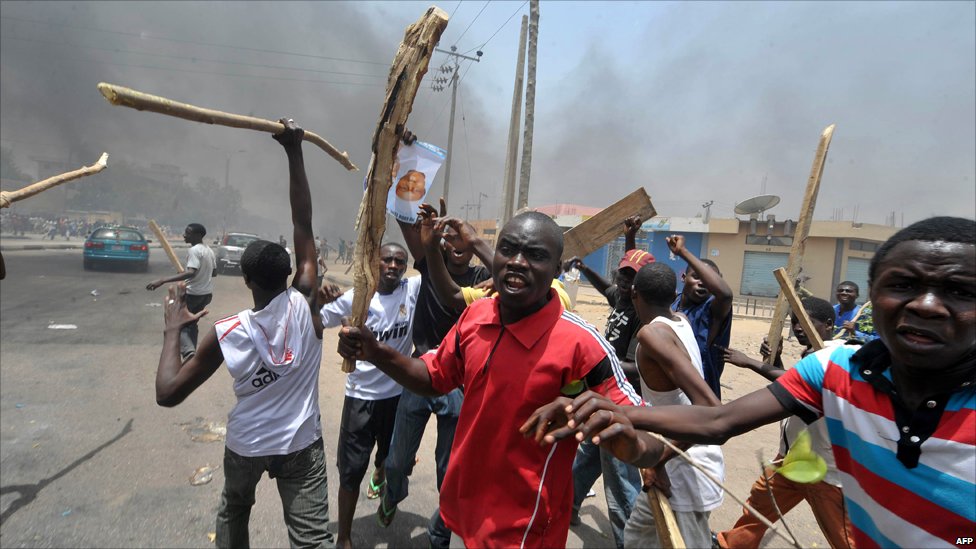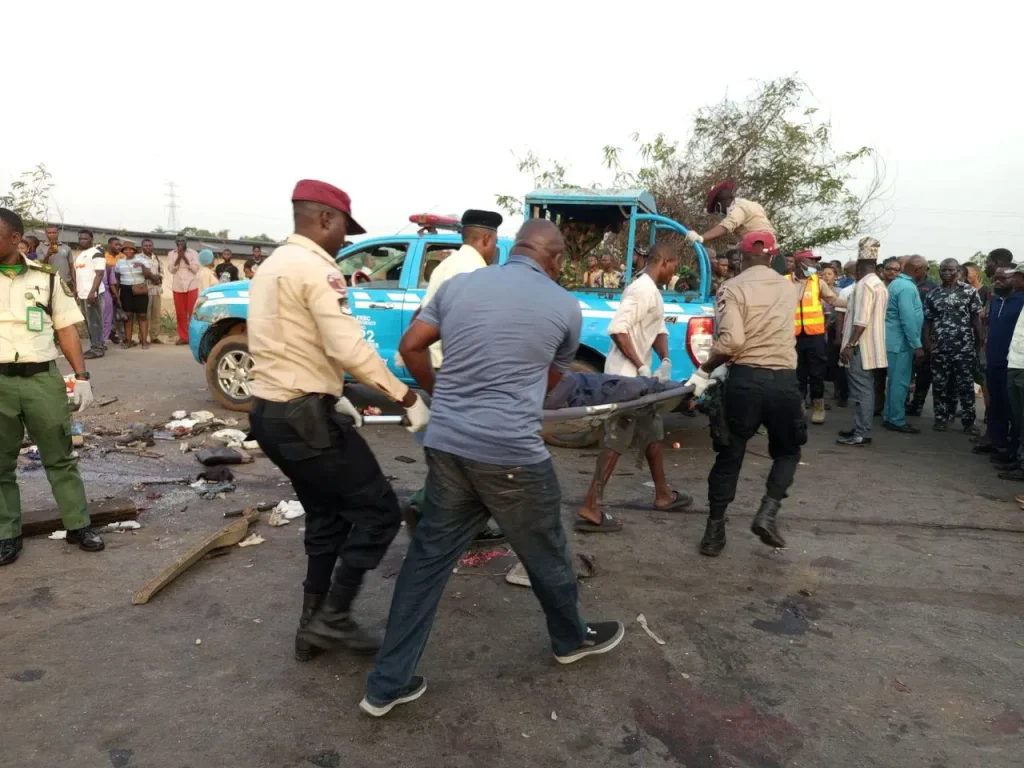Crews in Alaska are actively searching for a small commercial plane that went missing on Thursday with 10 people onboard, according to local authorities. The incident is the latest in a series of aviation-related disasters in the United States, raising concerns about air safety.
The missing aircraft, a Bering Air Caravan, was carrying nine passengers and one pilot on a scheduled flight from Unalakleet to Nome. The plane was reported overdue at 4:00 pm Alaska Standard Time (0100 GMT) on Thursday. The two cities are located approximately 146 miles (235 kilometers) apart across the Norton Sound on Alaska’s west coast.
Details of the Disappearance
According to Alaska state police, the pilot of the plane contacted Anchorage air traffic control before the disappearance, stating that he intended to enter a holding pattern while waiting for the runway to be cleared. Shortly after this communication, the plane vanished from radar.
Nome’s volunteer fire department provided updates on the situation via a Facebook post, stating that the U.S. Coast Guard had dispatched a C-130 plane to assist ground crews in locating the missing aircraft. As of Friday, there were no updates on the plane’s location. The department confirmed that search teams were still canvassing the area, focusing on the last known position of the aircraft.
FlightRadar24, a flight tracking service, reported that the plane’s last known position was over the water approximately 40 minutes after takeoff. This has led search efforts to concentrate on the Norton Sound area, where the aircraft was last detected.
Recent Aviation Incidents in the U.S.
The disappearance of the Bering Air Caravan is the latest in a string of aviation-related incidents in the United States, raising questions about air safety and emergency response protocols.
- January 30, 2025: A passenger jet collided midair with a U.S. Army helicopter in Washington, D.C., resulting in the tragic deaths of all 67 people onboard both aircraft. The incident shocked the nation and prompted calls for a thorough investigation into air traffic control procedures and military-civilian airspace coordination.
- February 1, 2025: A medical plane crashed into a busy neighborhood in Philadelphia, killing seven people and injuring 19 others. The crash caused significant damage to residential buildings and sparked concerns about the safety of medical evacuation flights.
These incidents have highlighted the need for enhanced safety measures and stricter regulations in the aviation industry.
Challenges in the Search Operation
Search and rescue operations in Alaska are particularly challenging due to the region’s harsh weather conditions, remote location, and vast, rugged terrain. The Norton Sound, where the plane was last detected, is known for its cold waters and unpredictable weather, which could complicate efforts to locate the missing aircraft.
The U.S. Coast Guard’s involvement, along with local ground crews, underscores the urgency of the situation. However, as of Friday, there has been no sign of the plane or its occupants.
The Impact on the Community
The disappearance of the Bering Air Caravan has left the communities of Unalakleet and Nome in shock. Bering Air, a regional airline serving remote Alaskan communities, plays a vital role in connecting residents to essential services, medical care, and supplies. The incident has raised concerns about the safety of air travel in the region, particularly for small commercial planes operating in challenging environments.
Families of the passengers and crew are anxiously awaiting updates, hoping for a positive outcome. Local authorities have urged the public to remain patient as search efforts continue.
Aviation Safety Under Scrutiny
The recent spate of aviation incidents in the U.S. has brought air safety into sharp focus. Experts are calling for a comprehensive review of safety protocols, particularly for small commercial planes and medical evacuation flights. Key areas of concern include:
- Maintenance and Inspection: Ensuring that all aircraft, especially those operating in remote areas, undergo regular and thorough maintenance checks.
- Pilot Training: Enhancing training programs for pilots, particularly those flying in challenging conditions.
- Air Traffic Control: Improving coordination between civilian and military air traffic control to prevent midair collisions.
- Emergency Response: Strengthening emergency response capabilities to ensure swift and effective action in the event of an incident.
Conclusion
The search for the missing Bering Air Caravan continues, with crews working tirelessly to locate the aircraft and its occupants. The incident is a stark reminder of the risks associated with air travel, particularly in remote and challenging environments like Alaska.
As the aviation industry grapples with a series of recent disasters, there is an urgent need for enhanced safety measures and stricter regulations to prevent future tragedies. For now, the focus remains on finding the missing plane and providing answers to the families of those onboard.
The outcome of this search will undoubtedly have far-reaching implications for aviation safety in the United States and beyond.












